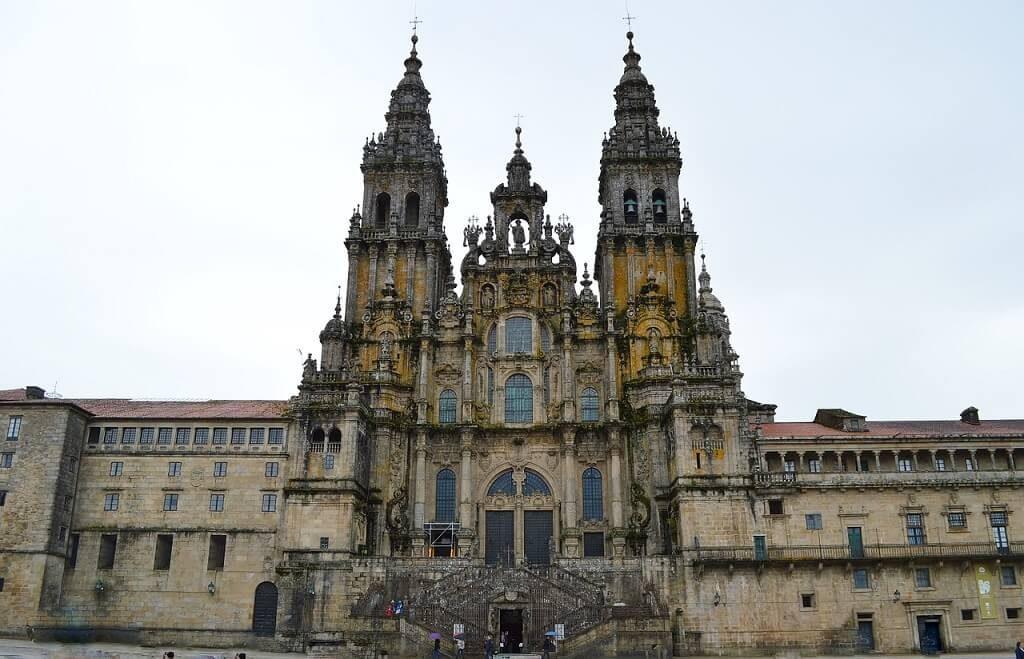
The Black Death: The Pandemic that Devastated Medieval Europe
The Black Death, a devastating pandemic in the 14th century, drastically altered European society and economy. It caused a significant decrease in the population, leading to labor shortages and higher wages for workers. This shift empowered the lower classes and diminished the nobility’s power. The plague also led to religious questioning, cultural changes in art and literature, and emphasized the importance of public health. Ultimately, the Black Death set the stage for future societal transformations, reshaping Europe in profound ways.
In the midst of the 14th century, Black Death appeared as a harbinger of despair, altering Europe’s demographic and social landscape forever. What led to this?
Introduction to the Black Death
The Black Death hit Europe in the 14th century like a sudden storm. Many people didn’t know what caused it. It spread quickly and left communities in shock. Most believed it was a punishment from God. Others thought it was bad air or foul smells.
This terrible time started in Asia and traveled along trade routes. Ships brought the disease to ports, and it spread through towns and cities. Fleas on rats were often to blame. As the infection spread, fear took hold. Towns were emptied, and many families were torn apart.
People reacted in different ways. Some turned to religion for hope, while others fled their homes. The death toll was staggering, with estimates saying up to one-third of Europe’s population perished. The impact of the Black Death changed lives forever, leading to new social and economic realities.
Understanding this dark chapter in history helps us see how events can shape societies. The Black Death serves as a reminder of how fragile life can be, impacting everything from jobs to family structures.
Causes and Spread of the Plague
The Black Death was caused by the bacterium Yersinia pestis. This germ is usually found in fleas that live on rats. When the rats traveled on trade ships, they spread the fleas and the disease. Human beings didn’t realize this was happening.
Once in new places, the fleas would bite people, transferring the bacteria. This process led to a serious outbreak. The disease spread quickly in crowded areas. It moved from one town to another, often carried by traders and travelers.
People didn’t know how to stop the Black Death. They believed in myths, like bad air causing sickness. As a result, they often did not take precautions. In some cases, entire families caught the disease before they even realized it was spreading.
The plague came in different forms. The most common was the bubonic plague, which caused painful swellings called buboes. Other forms, like pneumonic and septicemic plague, were even more dangerous. This confusion made controlling the spread of the plague very hard.
The combination of poor sanitation and lack of medical knowledge allowed the disease to flourish. It was a terrifying time where people felt helpless against such a powerful enemy.
Impact on Society and Economy
The Black Death changed everything in society and the economy. With so many people gone, there were fewer workers to plant crops and do trades. This led to labor shortages. As a result, workers could demand higher wages. They had more power in their jobs than ever before.
Many peasants left their villages in search of better opportunities. This movement allowed them to improve their lives. Towns began to grow as people moved in. New trades and skills became important, leading to economic changes.
Landowners faced challenges when they could not find enough workers. Some even accepted lower rents to keep their farms running. The Black Death also changed social classes. Wealth began to shift from nobility to the working class.
Many businesses had to adapt. They could not operate like before. As trade routes suffered from the plague, the economy faced a setback. The Black Death also shook people’s faith in traditional institutions like the Church. Many felt abandoned by religious leaders during this crisis.
In the end, the societal impact was profound. People started to question authority and looked for change. The Black Death pushed Europe into a new era, setting the stage for the Renaissance and modern society.
Religious and Cultural Reactions
The Black Death sparked strong reactions from both religious and cultural viewpoints. Many people turned to religion for answers and comfort. Churches filled with worshippers seeking hope and healing. They prayed for mercy, believing the plague was a punishment from God.
Some clergy claimed that only true faith could protect them from the disease. Others emphasized penance and good deeds as a way to seek forgiveness. Even so, many questioned their faith as death surrounded them.
Cultural changes also occurred during this time. Art began to reflect the struggles of the era. Painters created works showing the grim reality of daily life. Themes of death became popular in literature and music too.
Flagellant movements arose in some areas. These groups believed that self-punishment could please God and end the plague. They marched through towns, whipping themselves in public displays. Though controversial, these actions drew crowds and sparked discussions about faith and suffering.
As fear spread, some communities became suspicious of outsiders and minorities. Blame often fell on groups like Jews, leading to violence and persecution. This unrest impacted society, spreading distrust and fear.
Overall, the Black Death challenged faith and prompted cultural shifts, leaving a long-lasting mark on European society.
Long-term Consequences of the Pandemic
The Black Death left deep scars on Europe that lasted for years. One major effect was the change in the economy. With so many workers gone, wages increased. This shift empowered peasants and workers, leading to better living conditions over time.
In the long run, the pandemic altered social structures. The power of the nobility weakened as common people gained more influence. This was the beginning of a more modern society where class lines blurred.
The Black Death also changed religious beliefs. Many people questioned the Church’s authority after feeling abandoned during the crisis. This questioning laid the groundwork for the Reformation. New ideas began to spread, changing how people viewed religion.
Education and literacy began to rise as society adapted. With fewer people, the focus shifted toward better education. More schools opened, offering basic reading and writing skills. This investment in education led to greater innovation and growth in the future.
The pandemic also impacted public health. It showed the need for better hygiene and medical practices. As a result, governments began to pay more attention to health issues. This shift eventually led to modern public health systems.
Overall, while the Black Death caused great suffering, its long-term effects shaped Europe in ways that still resonate today.
Conclusion
The Black Death profoundly changed Europe, affecting society, economy, and culture. It brought deep suffering but also led to important transformations. The labor market changed as workers gained power, and social classes shifted. Religion faced challenges as many questioned their faith.
Public health and hygiene became more important after the pandemic. The lessons learned from this tragedy helped shape modern health practices. Education also blossomed as people sought knowledge and skills.
Today, we remember the Black Death as a significant turning point in history. Its effects continue to influence our world. Understanding its impact helps us navigate modern challenges and appreciate the resilience of humanity.
Conclusion
In conclusion, the Black Death was a major event that reshaped Europe in many ways. It brought pain and loss, but it also led to important changes. Society began to shift as workers gained more power and social classes started to change. Many people questioned their faith, which opened the door to new ideas and movements.
Public health became a priority after the pandemic. People learned the importance of cleanliness and medical care. Education also grew, as more individuals sought knowledge to improve their lives. The lessons from the Black Death still resonate today, reminding us of the strength and resilience of humanity.
By understanding this pivotal moment in history, we can better recognize the impacts of our own challenges. The past shapes our future, making it essential to learn and grow from our experiences.


